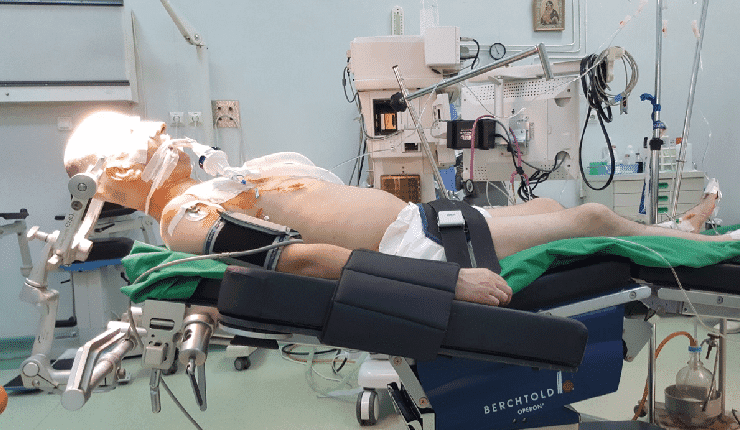The Impact of End-Stage Renal Disease (ESRD) on Anesthesia Medications: Pharmacokinetics and Pharmacodynamics
Introduction:End-Stage Renal Disease (ESRD) presents unique challenges in anesthesia management due to the significant impairment of renal function. The altered pharmacokinetics and pharmacodynamics of anesthesia medications in ESRD patients require careful consideration. In this article, we explore how ESRD affects these aspects of drug response, along with examples illustrating these effects. 1. Impaired Drug Clearance: – … Read more










